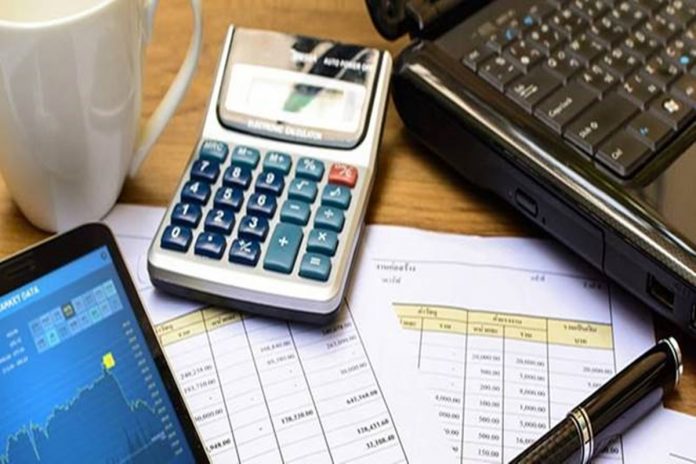Self-assessment tax has to be computed by the taxpayer on his own and then the same is required to be deposited with the government.
Total tax liability of a taxpayer in respect of his annual income is discharged during the year itself. These taxes are paid by way of TDS and advance tax. TDS is deducted and paid by the payer of income and advance tax is paid by the taxpayer himself. Advance tax is paid on the estimated income and at the year-end there could be a situation wherein the total tax deposited with the government may fall short of the actual tax liability or vice-versa there can surplus of tax deposit. The deficiency in payment of tax is met by payment of self-assessment tax.
Self-assessment tax has to be computed by the taxpayer on his own and then the same is required to be deposited with the government. The tax has to be computed on the total income as per the applicable rate of tax.
Self-assessment tax is to be computed by deducting all available tax credits, i.e., advance tax, TDS, TCS, MAT/AMT credit and relief available under section 87A/90/90A/91.
The taxpayer is liable to pay self-assessment tax along with interest and fee, if any. There is an additional fee payable from the Assessment Year 2018-19 for delay in filing of the ITR. A late filing fee of Rs 5,000 shall be charged if the return is filed between August 1, 2018 and December 31, 2018. The fees shall be Rs 10,000 if the return is filed between January 1, 2019 and March 31, 2019. The late filing fees shall be Rs 1,000 for small taxpayers whose taxable income is up to Rs 5 lakh. However this fees is leviable only if the assessee is required to furnish return of income.
The tax along with interest and fee shall be paid before furnishing the return and the details of the tax payment are required to be furnished in the ITR Form.
Procedure for Payment of Self-Assessment Tax
You can make the payment online or manually at the authorized banks. Here, we have explained 10 Steps for online payment of Self-Assessment Tax.
Step 1: Visit https://www.incometaxindiaefiling.gov.in
Step 2: Click on ‘e-Pay Tax’ from options available under ‘Quick Links’ menu tab.
Step 3: Click on ‘Continue to NSDL Website’, it will open a new web page for the selection of the Challan type.
Step 4: Select Challan No. ITNS 280 (Payment of Income tax & Corporation Tax).
Step 5: Enter Tax applicable, PAN, Assessment year, Address and type of payment as ‘(300) Self-Assessment Tax’.
Step 6: Select the mode of payment, you can pay self-assessment tax by two mode ‘Net Banking’ & ‘Debit Card’.
Step 7: Enter the captcha code and click on proceed.
Step 8: On confirmation of the data so entered, the taxpayer will be directed to the payment gateway of the Bank.
Step 9: On successful payment, a challan counterfoil will be displayed containing CIN, payment details, BSR Code, challan serial number and bank name through which e-payment has been made.
Step 10: The Challan is proof of tax payment being made. Download and Save the challan copy for future reference.
Furnishing the Challan Details in ITR
The taxpayer’s responsibility does not end with the payment of tax; the details of self-assessment tax so paid are to be filled in the Schedule IT of the ITR. If the same are either not filled or incorrectly filled, the tax demand will be raised by the Income-Tax Department at the time of the processing of the ITR.
BSR Code, Date of deposit, Serial Number of Challan and Amount of Tax paid have to be entered in the ITR Form. These details to be entered can be easily fetched from the Copy of Challan one gets after online payment of tax.
If an assessee fails to pay whole or any part of self-assessment tax, then he shall be deemed to be an assessee in default in respect of unpaid amount of tax. The Income-Tax department will issue a demand notice asking the taxpayer to pay the unpaid tax within 15 days.


